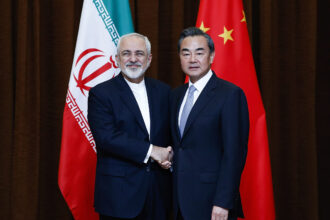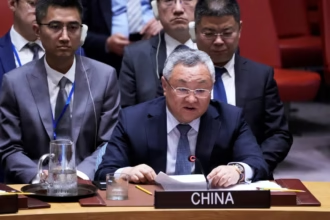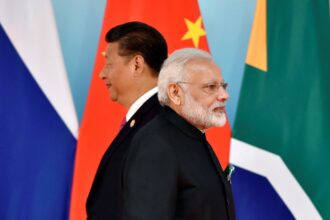Russia’s oil exports are experiencing a major shift as Beijing emerges as the primary destination for crude, while flows to India are being constrained by new tariff measures. This realignment underscores how geopolitical decisions and trade policies are reshaping global energy markets, with China increasingly solidifying its position as Russia’s key oil partner.
Surge in Russian Oil to China
Over the past few months, Russia has rerouted significant volumes of crude to China, with shipments hitting record levels. Analysts attribute the surge to several factors:
- Indian Tariffs: India’s recent import tariffs on Russian oil have made it less economically attractive, pushing Russian producers to seek alternative buyers.
- China’s Appetite for Energy: China continues to experience robust demand for crude, particularly from its refining sector, which is seeking to maintain steady supply amid global market volatility.
- Long-Term Contracts: Russia and China have solidified energy ties through multi-year agreements, providing Moscow with a reliable export outlet while securing China’s strategic energy needs.
India’s Reduced Role
Previously one of the top buyers of Russian crude, India has seen its imports constrained due to the imposition of tariffs. The measures were introduced to comply with international trade regulations and to balance domestic fuel pricing.
- Economic Impacts: Indian refiners now face higher costs for Russian oil, limiting their ability to import in large volumes.
- Strategic Adjustments: India is increasingly diversifying its crude sources to mitigate dependency on any single supplier, with the Middle East and Africa emerging as alternative sources.
Geopolitical and Market Implications
The redirection of Russian oil flows has broader implications for global energy markets:
- Strengthened Sino-Russian Energy Ties: The surge in shipments to China reinforces the strategic partnership between Moscow and Beijing, particularly in the energy sector.
- Market Volatility: The shift affects global crude pricing dynamics, as large volumes redirected from India to China influence regional supply-demand balances.
- Energy Security: For China, increased Russian imports help secure energy supply, offering leverage amid geopolitical uncertainties in other major oil-producing regions.
Economic and Strategic Considerations
- For Russia: The shift to China helps Moscow circumvent tariff constraints in India while ensuring a steady revenue stream.
- For China: Access to Russian oil at competitive rates supports industrial growth and strengthens energy independence.
- For India: Tariff-induced reductions force refiners to adapt quickly, while policy adjustments could determine future import patterns.
Looking Ahead
Energy analysts predict that Russia’s redirection of oil flows toward China may continue as long as tariffs and trade barriers persist in India. Long-term agreements and infrastructure investments—such as pipelines and port facilities—will play a key role in sustaining this realignment.
The evolving landscape highlights the increasing interconnectedness of geopolitics, trade policies, and energy security, demonstrating that crude flows are no longer solely dictated by market forces but also by strategic decisions at the national level.
This realignment could mark a long-term pivot in Asia’s oil trade, positioning China as the dominant recipient of Russian crude, while India adjusts its import strategy in response to tariffs and pricing pressures.














